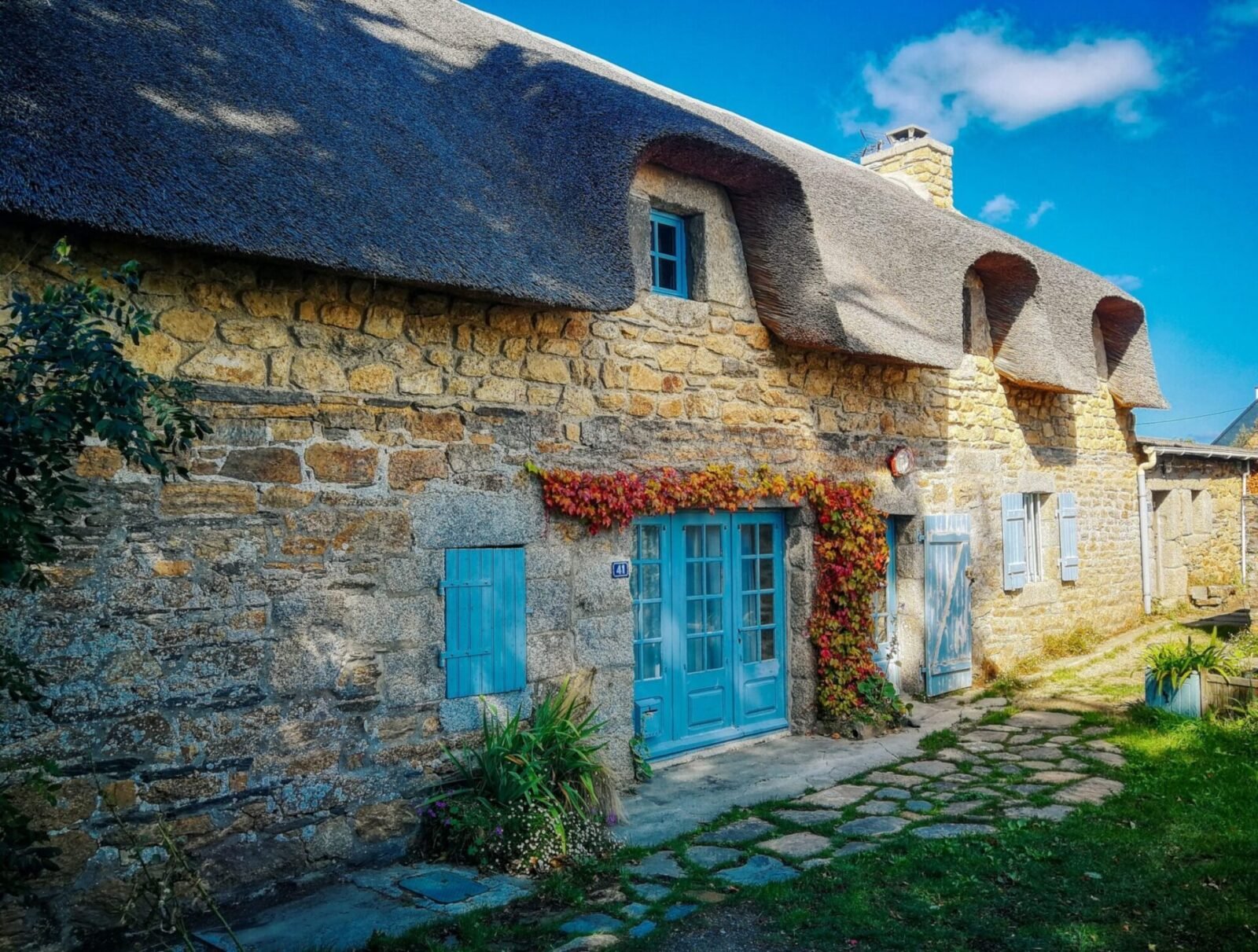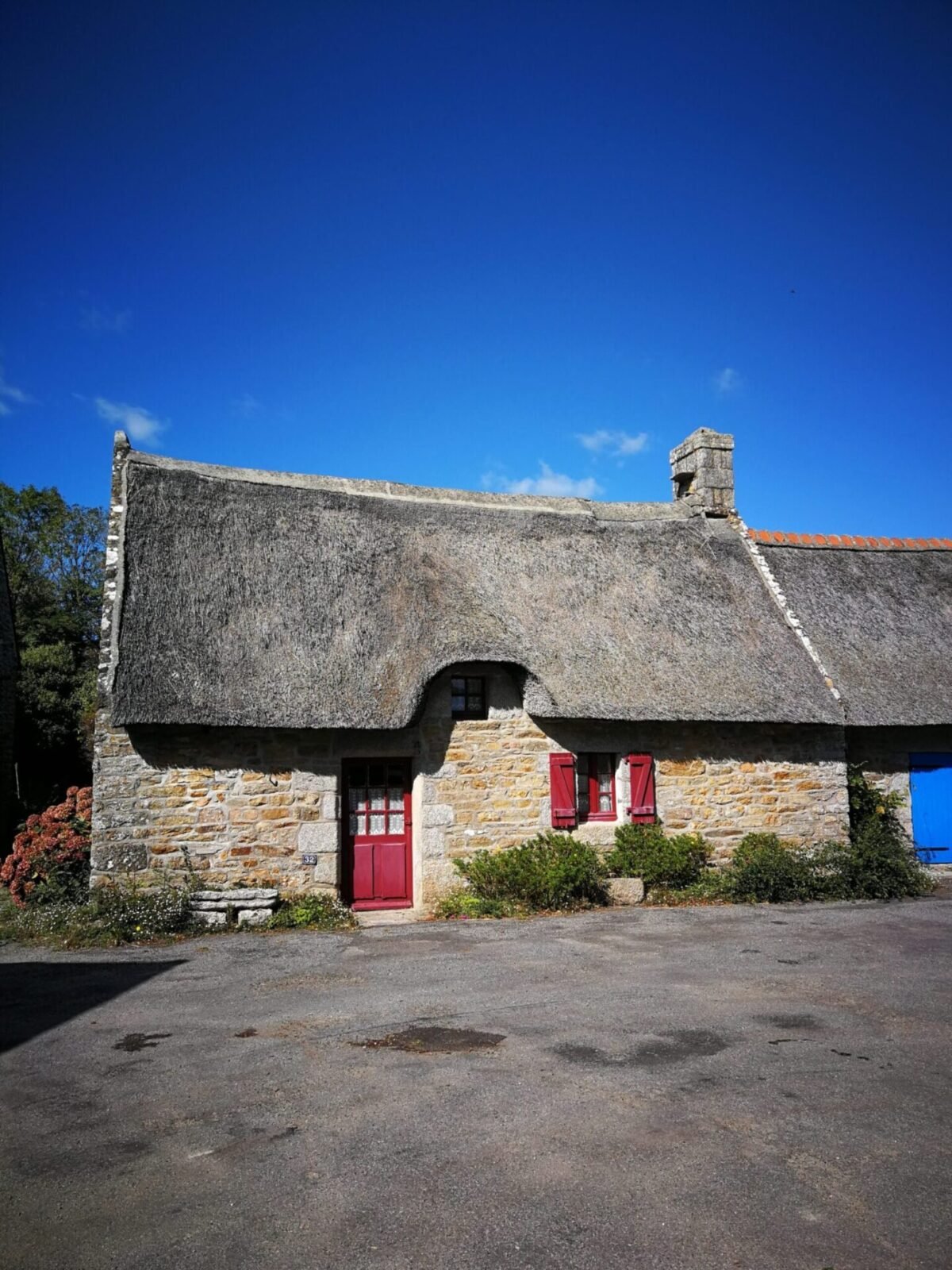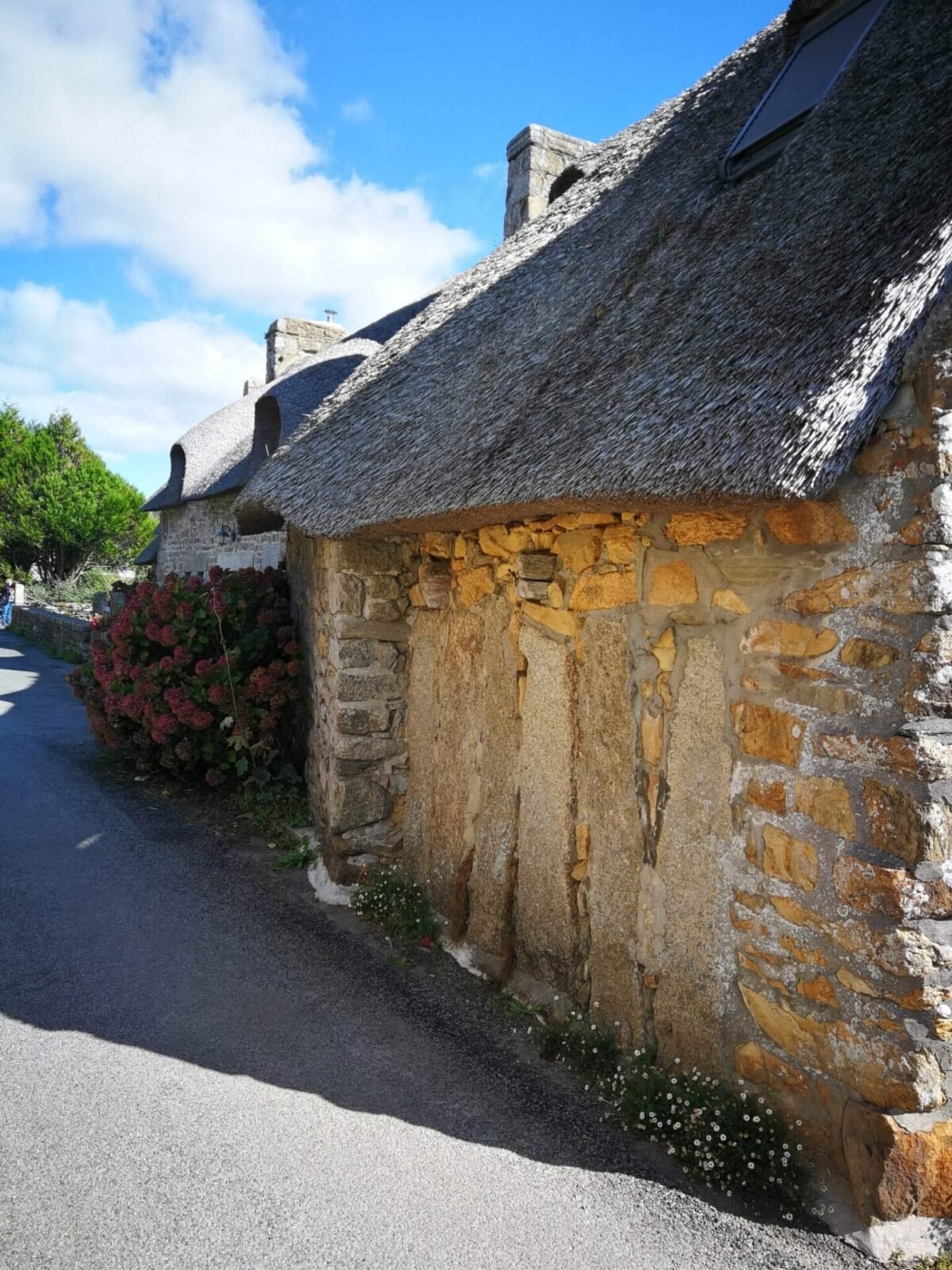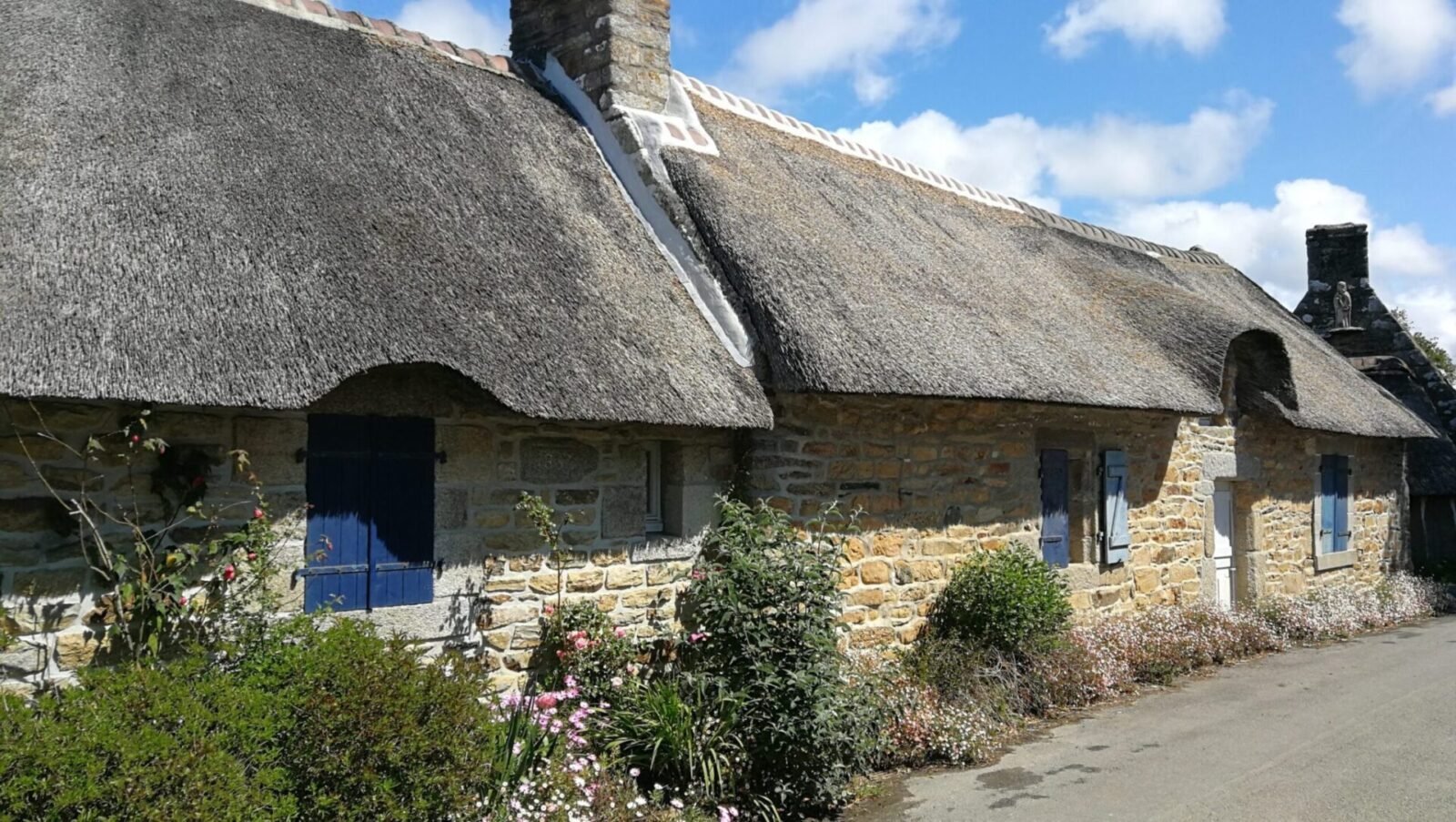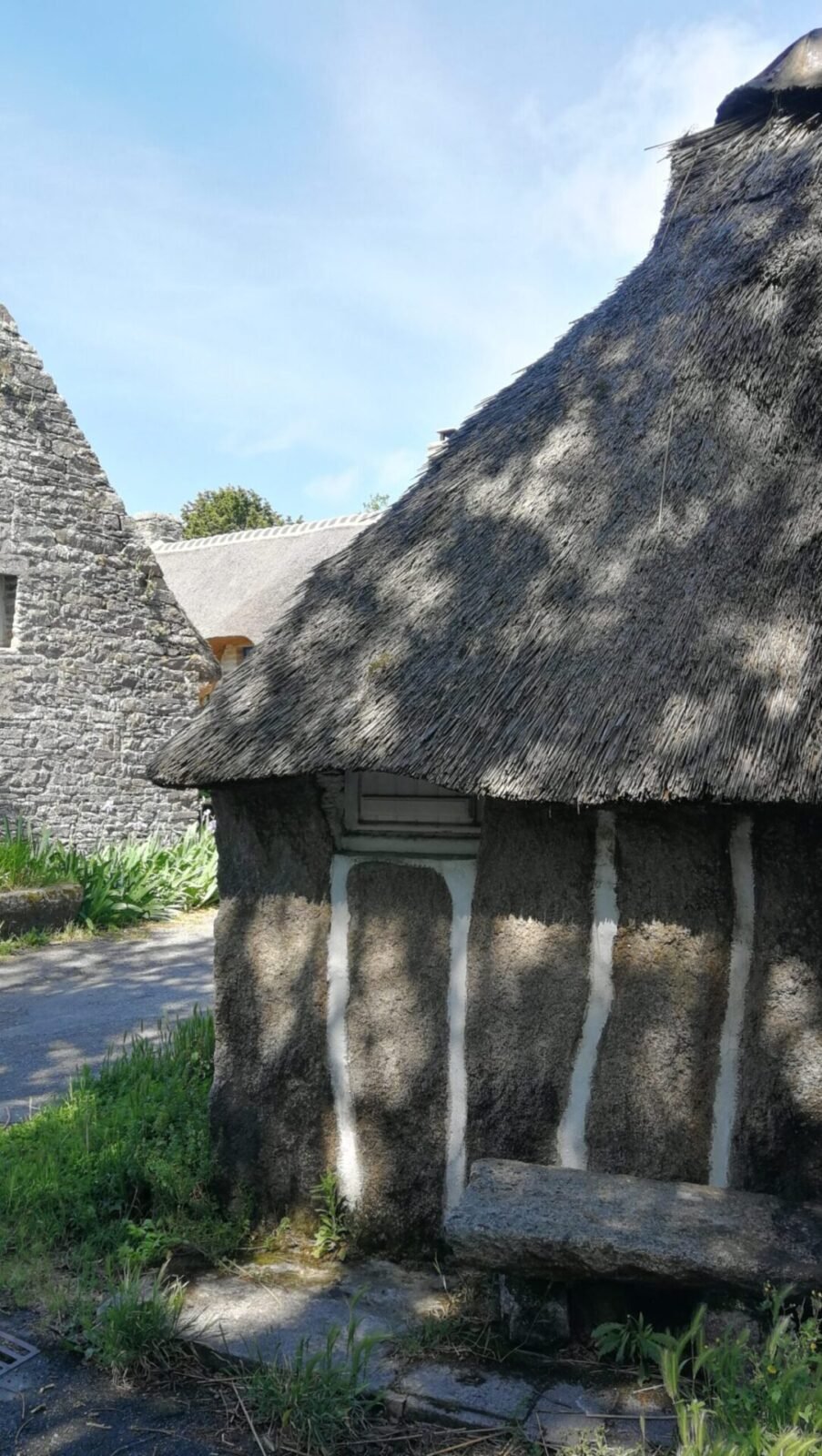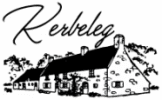This website uses cookies so that we can provide you with the best user experience possible. Cookie information is stored in your browser and performs functions such as recognising you when you return to our website and helping our team to understand which sections of the website you find most interesting and useful.
In the 18th century, the territory of Névez experienced an unprecedented demographic boom. The local population’s need for food was increasing and farmers were struggling to speed up their production because of the presence of huge granite blocks in the middle of their fields.
They tried to get the help of the stone cutters to get rid of them but the amount of money requested made this project impossible. The sailors who lent them a hand outside of fishing periods were interested in this granite. The construction of houses using “slices” of split granite blocks will give birth to the astonishing “standing stone” (men zhao) houses of which certain walls are composed of vertical stones from the floor to the ceiling joined with cob or, later, with lime.
The standing stones were used as load-bearing walls of lean-to buildings, nearly 2.50 meters high and 40 to 50 cm wide, these stones were roughly split and reserved for the sides of the house not exposed to the south. Of smaller size, they were used as fences and some were pierced with a hole to support a fence.
